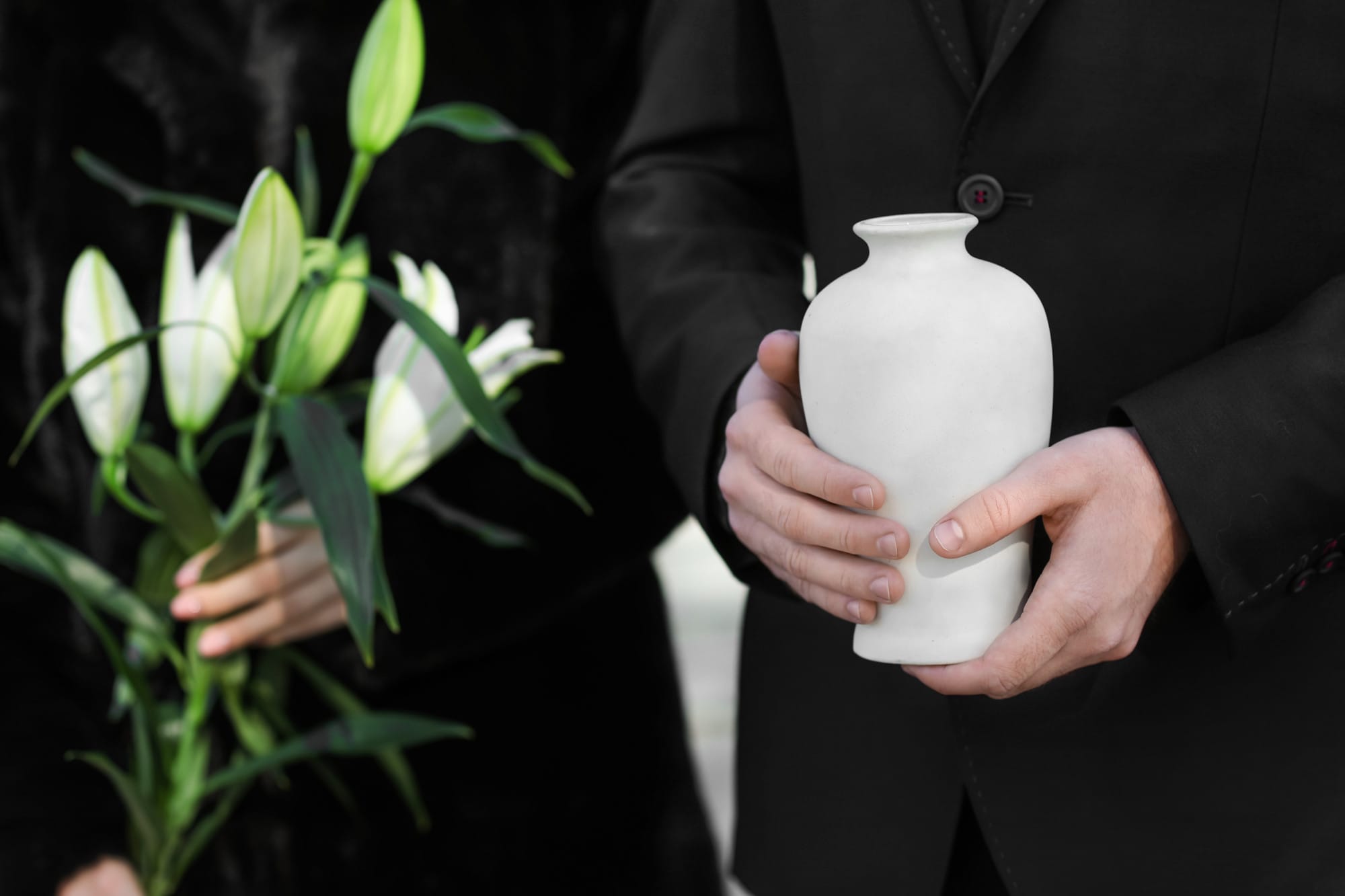When someone dies, one of the first things their loved ones must face is the tremendous cost of a funeral and burial. They must decide whether to go with a traditional funeral and burial or save money by sending the body to a crematorium.
Cremations are growing in popularity, with 54.6% of all deceased in the U.S. selecting cremation in 2020. The percentage will likely reach 65.2% by 2025 and 72.8% by 2030.
When considering cremation, a frequent concern is whether they receive the proper remains. If you have ever wondered “how do cremations work?” keep reading. We’re going to share the methods of cremation, how cremations work, how they track bodies, and their costs.
Cremation Methods
Cremation is a process that uses thermal, mechanical, or other means of dissolution to reduce the human remains to bone fragments.
There are two types of cremation in the United States and Canada. These are alkaline hydrolysis and flame-based cremation.
Flame-based cremation is when the body goes into a cremator to reduce the remains to bone fragments. This is the most common process.
Alkaline Hydrolysis is newer cremation technology not yet widely available. It uses alkaline chemicals, agitation, heat, and pressure to accelerate natural decomposition. The process reduces the body to bone fragments.
Many are making arrangements for green burial or cremation. The process involves arrangements that minimize the environmental impact. Cremation is considered a “green” option because it usually eliminates embalming.
Cremation Options
You have two options when a decedent will undergo cremation. You may choose to have them prepared for viewing and a funeral. The cremation will occur after the memorial service.
The second option is direct cremation. With this selection, the deceased person is transported from their death location directly to the crematorium. With this selection, the family may hold a memorial service along with having the person’s remains buried or a scattering of the ashes.
How Do Cremations Work?
Prior to transporting the deceased, the body is tagged for identification. Each step of the process includes identity confirmation.
After transporting the body to the crematorium, it moves into storage until all paperwork is complete. Once the crematory has authorizing signatures, the cremation takes place.
The crematorium places the decedent in a cremation container. The container is rigid, leak-resistant, enclosed, and combustible. Staff confirms the deceased’s identity by checking the paperwork and they assign a cremation number.
Staff records the cremation number into a cremation log and stamps it into a stainless steel disc. The disc stays with the body/remains throughout the process.
They place the container holding the decedent and disc inside the cremator. The cremator door closes and the cremation process begins. Depending on body size, time varies from 30 minutes for an infant to two hours or more for an adult.
When the cremation is complete the door opens. Staff verifies the disc number with the paperwork.
The cremated remains are swept into a cooling tray. After cooling, they go into a processor that pulverizes bone fragments down to a size of 1/8” or less.
The pulverized remains are transferred to an urn or strong plastic bag. Identification verification takes place and the disc goes into the container with the remains.
Staff labels the urn or container holding the cremated remains with identifying paperwork. They go into storage until the family picks them up.
Cremation Costs
One of the reasons cremation is growing in popularity is because of its lower cost. The average funeral with burial is between $7,000 to $12,000. It costs $6,000 to $7,000 for a cremation.
The costs given do not include a cemetery plot, headstone, marker, or other items such as flowers.
Now You Know the Answer
Now that we have answered the question “how do cremations work” you can make an informed decision about burial or cremation. Many people express their preference for burial or cremation prior to death. That removes the burden of deciding off their loved one’s shoulders.
If you are feeling weighed down about other areas of concern, check out our blog to learn about a wide variety of topics.







